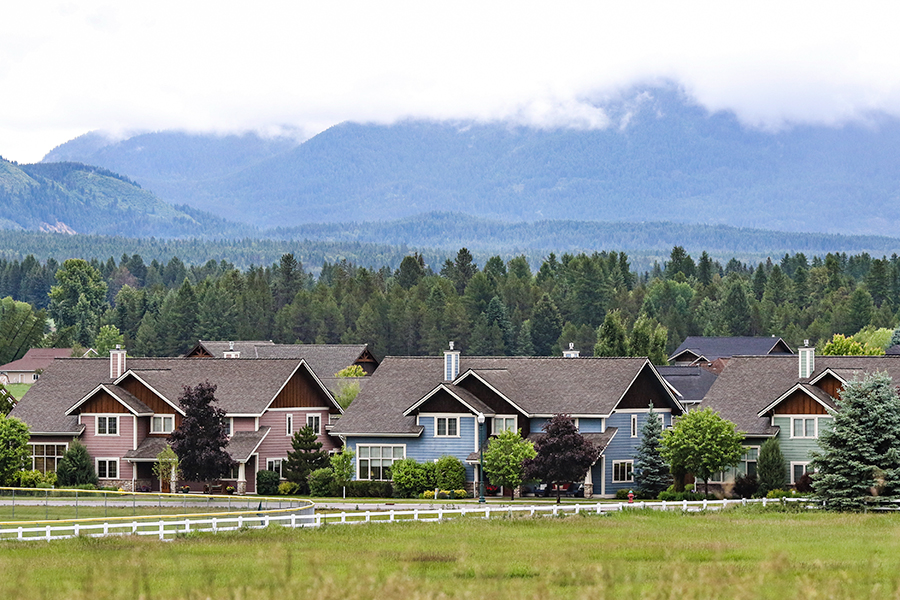By now, Flathead County property owners should have received a notice from the state Department of Revenue with information about the reappraisal of their property.
The most important thing to know about these letters is that they are not tax bills, said Sanjay Talwani, public information officer for the Department of Revenue.
“It isn’t a tax bill,” Talwani said. “That’s one of the biggest takeaways.”
The appraisal notices, sent out earlier in June, show the Revenue Department’s determination of the market value of the property, which will then be used by the county treasurer to determine the actual property tax bill.
Property taxes are a major aspect of funding in Montana and the largest source of revenue for local governments, and the issue of property reappraisal has evolved in the last couple of decades as property values in certain parts of the state, such as the Flathead, have skyrocketed.
The state used to mandate a property reappraisal cycle every six years — a timeframe that still applies to forestland — but the 2015 Montana Legislature, led by then-Sen. Bruce Tutvedt, R-Kalispell, changed the formula from every six years for all properties to every two years.
Land valuation is just one piece of determining a landowner’s property taxes.
First, the Revenue Department issues its assessment of the property value. That’s the most-recent letter property owners received in the mail.
If the owner believes the department erred in its appraisal of the property’s value, they have 30 days from the date on their notice to challenge it by submitting a Request for Informal Classification and Appraisal Review, called the AB-26 Form, which can be submitted electronically.
Once the property valuation is determined, it is converted into a taxable value, which is then multiplied by local and state mill levies to determine the taxes owed for a parcel of commercial or residential land.
“An increase in your appraised value does not correspond directly to a similar increase in your property taxes,” Talwani said. “If your appraisal went up 10 percent that does not mean your taxes will go up 10 percent. That’s not the way it works. Cities, counties and school districts set budgets in dollars and then they levy mills to raise that money.”
There are set, statewide mills that apply to all property taxes, he said, but otherwise local control determines the rest.
“If everybody’s values go up the same amount and budgets stay the same, then everyone’s taxes should stay the same,” Talwani said.
Even though this notice isn’t a tax bill, it’s important that property owners pay attention to it, because now is the time for contesting the appraisal valuation.
“It’s important that Montana property owners review this information thoroughly,” Gene Walborn, director of the Department of Revenue, said in a prepared statement. “If property owners wait until property tax bills are sent in November, it will be too late for the department to correct and update property characteristics that may impact the value of the property for the 2019 tax year. So please review the notice as soon as possible and contact us if you have questions.”
For more information on property reappraisal, visit https://mtrevenue.gov/property/property-appraisal-notices or call the local Revenue Department office at (406) 758-5700.
